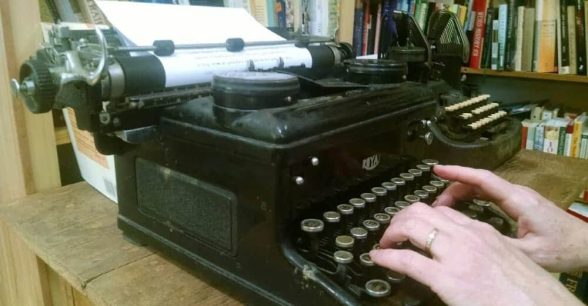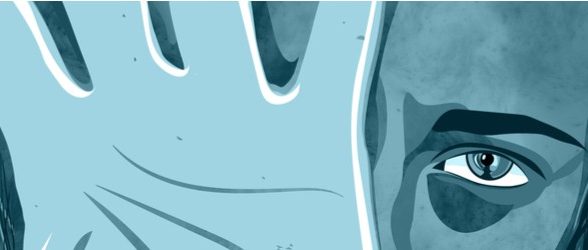Why Finding Cures for Genetic Disabilities Shouldn’t Be Our Main Goal
Iceland was recently the subject of controversial headlines proclaiming that the country is “eliminating” Down syndrome through prenatal screening and subsequent termination of pregnancies. While these news stories were later found to be sensationalist, we need to discuss the implications of prenatal screenings and other advancements in genetics in connection to people who are living with disabilities. Many were critical of these stories, concerned they were promoting eugenics by suggesting that prenatal screenings could wipe out an entire population with Down syndrome in the future, and concerned about the effects that the language of such stories have on people with genetic disabilities.
Celebrating scientific advancements centered around the idea of a cure for or elimination of disability can be problematic, because it hinges on the idea that we should want to eliminate disability.
Recently, there was significant pushback from the disability community when SXSW held a panel titled “End of Disability? Neurotech’s Future Frontier.” Disability activists spoke out against this concept, sharing what it’s like to be a part of the disability community, to have disability pride, and how cure-focused language can be harmful to living people with disabilities.
“My life has worth, it has meaning, but that is questioned every time things like this come up,” says Sheryl Grossman, who has Bloom’s Syndrome.
Many disability advocates feel that advancements in science and technology should be centered on improving the lives of disabled people, rather than completely trying to get rid of our community through cures or screening for genetic conditions. “Phrasing it to someone as ‘Wow, I saw something that can improve your quality of life’ is perceived a lot better than saying, ‘Wow, I found something that can cure you,’” says Katy Brennan, who has Ehlers-Danlos Syndrome.
I also have Ehlers-Danlos Syndrome, which is often inherited, and autism, which hasn’t been proven to be genetic but is frequently at the center of cure conversations. While there are challenges involved in both of my disabilities, I’m not looking for a cure for either of them. Instead, I’d like to see advancements in pain management treatments for chronic pain and improvements in mobility aid technologies. And as an autistic person, I’m most excited about potential future advancements to technology like self-driving cars, since driving is one of the biggest barriers I experience. I’d much rather people who are putting their energy behind cures or disability elimination redirect that energy to tackling ableism and making the world more accessible.
“Those who are fighting so hard to ‘eliminate’ genetic disability should be fighting infinitely harder to change the world,” says Emily Ladau, Editor in Chief of Rooted in Rights, who has Larsen syndrome.
Emily worries about the possibility of passing her genetic disability on to a child, who would be born into a world that clearly doesn’t value disabled people. That said, I inherited my Ehlers-Danlos syndrome from my mother, and despite the challenges we faced living in a world not designed for the disability community, I was lucky to grow up with a disabled mother as a role model. It was my earliest introduction to accessibility and accommodations, as well as daily living for disabled adults.
“Growing up with a dad who had my mobility impairment and a mom who had a hearing impairment was a critical part of feeling a sense of disability pride,” agrees Jill Crawford Hurt, who has Charcot-Marie-Tooth. “At a young age, my parents were the role models I needed in order to learn how to face ableism. The perk of cross-generational mentorship is often missing for kids with disabilities. I was fortunate to have that. I’m proud to be able to offer that to my kids.” Having disabled role models offers people, especially kids who are growing up in an ableist world, a different perspective on disability community and pride.
As a disabled person, I want to live in a world that allows me to live—and radically love myself—as I am, autism and cane and all, instead of a world that seems to want to get rid of people like me at every turn.
I want people to fight harder for accessibility and work on recognizing ableism in themselves and in society around them. It’s time to move away from conversations about cures, and to have conversations that truly matter about how we can move toward a less ableist society.
About Rooted In Rights
Rooted in Rights exists to amplify the perspectives of the disability community. Blog posts and storyteller videos that we publish and content we re-share on social media do not necessarily reflect the opinions or values of Rooted in Rights nor indicate an endorsement of a program or service by Rooted in Rights. We respect and aim to reflect the diversity of opinions and experiences of the disability community. Rooted in Rights seeks to highlight discussions, not direct them. Learn more about Rooted In Rights



